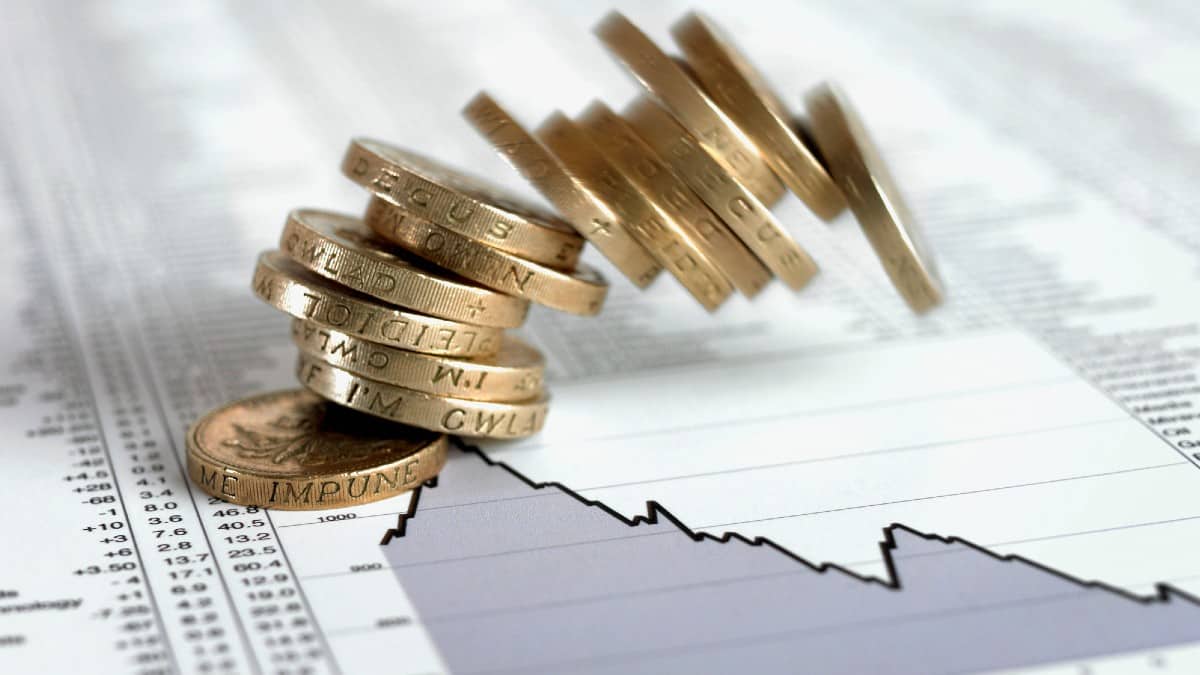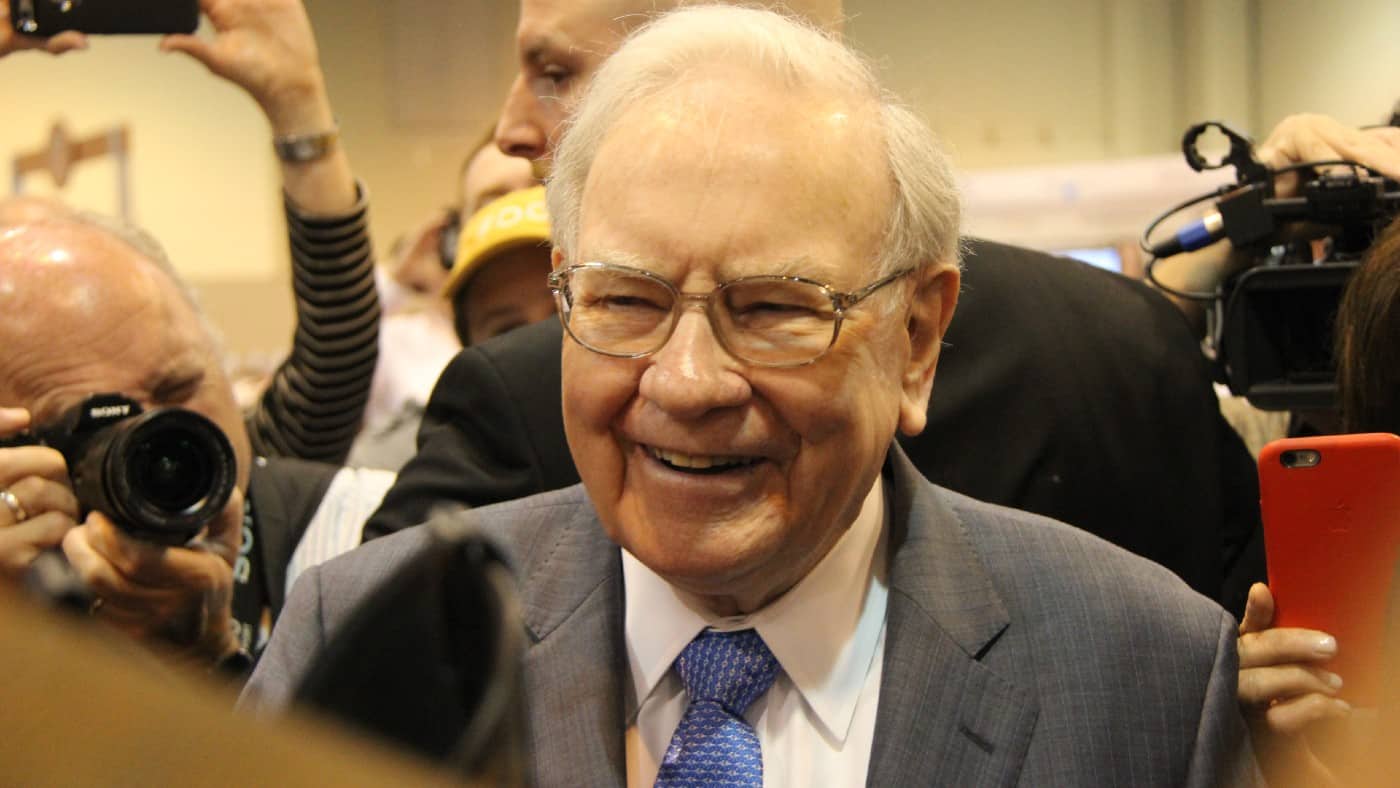Image source: Getty Images
Passive income is money you earn without working for it. A classic example is the dividends paid to shareholders by some companies. They are a bit like a tiny share of the company’s excess cash over a given period. So if a blue-chip company throws off enough spare cash, its dividends can make for a lucrative unearned income source.
If I had a spare £25k today I believe I could realistically invest it to try and earn passive income streams each year of £12k.
I will say upfront that this is a long-term piece of financial planning, not a quick fix for immediate passive income. With that said, let me get into the details.
How the long-term approach works
If I put £25k into shares today, how much I would hopefully earn in a year would depend on the average dividend yield of the shares I bought. Yield is basically what I would earn annually, as a percentage of my investment.
So if I could achieve a 7% yield, I ought to bank passive income of £1,750 annually (as that is 7% of £25k).
If I kept reinvesting the dividends – known as compounding – in future those dividends could buy shares that themselves earn dividends. Compounding at an annual growth rate of 7%, after 25 years my portfolio should be throwing off passive income of £12,450 annually.
Building a portfolio of quality shares, without overpaying
That compound annual gain does not just have to come from dividends – it could also come from an increase in the value of shares.
But share prices can move down as well as up, while dividends are never guaranteed. Clearly then, choosing the right mixture of diversified shares is important.
I am basically looking to buy into great businesses I think can grow in value over time. In other words, not only do I look for strong businesses, I aim to invest when I think the share price is not overvalued.
One income share I own yields over 9%
As an example, consider my investment in asset manager M&G (LSE: MNG), a business I expect to benefit from long-term strong demand.
As the sums involved can be substantial, even fairly low commissions and fees can add up. With its strong brand and millions of existing customers, M&G is a proven cash generation machine.
In its interim results released this week, the FTSE 100 member reported operating capital generation of £486m in the first half. That was a slight year-on-year fall, but still underlined the strength of the business.
M&G aims to raise or maintain its dividend annually. The interim dividend grew modestly, from 6.5p per share to 6.6p. M&G offers a yield of 9.4%, well above my 7% target. Over five years though, the share price has fallen 6%.
The company said recent global events have introduced “a new level of macro-economic risk”, something I see as a risk to future profitability.
How I’d start
Still, M&G remains a key part of my passive income portfolio. If I wanted to start investing today to target such income, my first move would be to open a share-dealing account or Stocks and Shares ISA.
Credit: Source link














